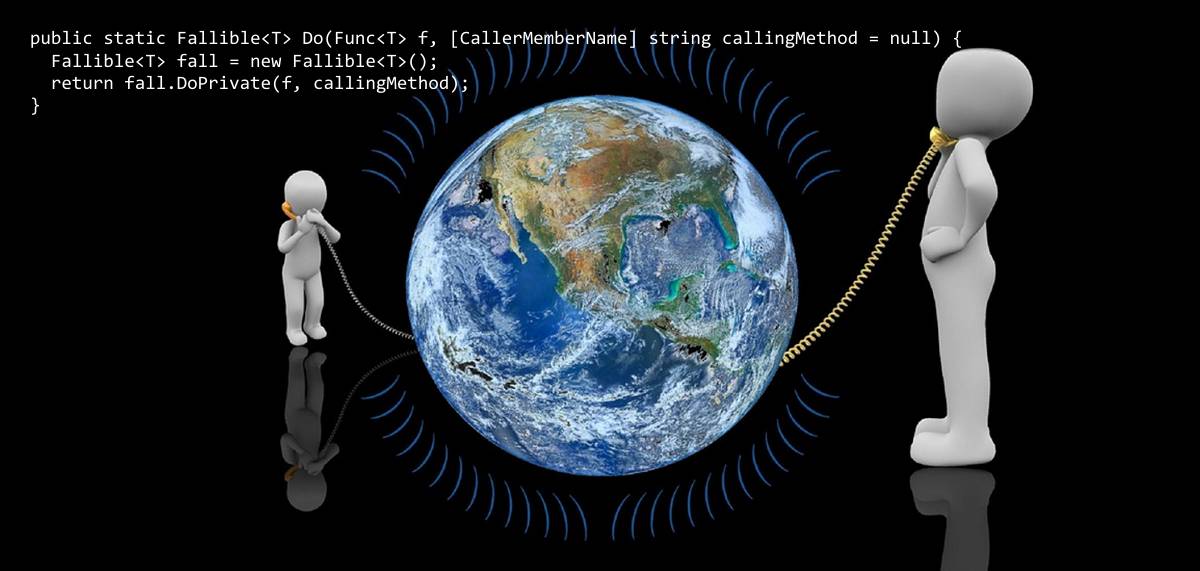One of our main applications involves interacting with a third-party API. Whilst this is generally stable, we have had cases recently where it was throwing random exceptions. We could make the same request with the same parameters multiple times, and sometimes it would work, and sometimes it wouldn’t.
While we left the owners of the third-party API scratching their heads, we realised that the way we handled interaction with such APIs wasn’t robust enough. The first (and most obvious) improvement would simply be to try again.
As this is the sort of thing we’d want to do in a number of places, rather than repeat the same boilerplate code over and over again, we looked for a helper class.










Leave a Comment